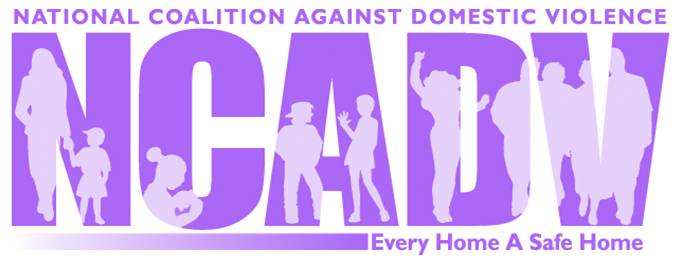 “When I used to hear stories about men beating up their wives, I figured the wives were cheating around. I never, ever, heard my father raise his voice to my mother, so this was foreign to me. What goes on behind closed doors is someone's own business, right?” — Dr. Gayle J. Hall, (my thoughts in the 70's and 80's) before I became knowledgeable.
“When I used to hear stories about men beating up their wives, I figured the wives were cheating around. I never, ever, heard my father raise his voice to my mother, so this was foreign to me. What goes on behind closed doors is someone's own business, right?” — Dr. Gayle J. Hall, (my thoughts in the 70's and 80's) before I became knowledgeable.
Domestic violence is a serious problem that affects one out of four women in the United States. The numbers may change according to whether the people questioned are speaking about their former or current relationships. The abuse may be physical, emotional, or psychological.
Socioeconomic status is not a determining factor of domestic violence in the home. Domestic violence crosses all boundaries and borders, knows all colors, all ages, and affects women and children. This is multigenerational. A child who witnesses domestic violence may grow up to be a victim of domestic violence or become the batterer himself.
Lenore Walker defined domestic violence as behavior characterized by the exploitation of power and control by one person over another who are or have been in an intimate relationship. This is further described as violence between people who live together and occurs when a family member, partner, or ex-partner attempts to physically or psychologically dominate another.
A battered woman is a victim of domestic violence who has sustained emotional, physical, or psychological abuse by her batterer or partner. For purposes of the articles in this series, I will refer to the victim as a woman and the batterer as a man, due to the fact that in 95% of all reported cases of domestic violence, the abuser is a male and the victim is a female. There are same sex couples who report abuse and males may also suffer at the hands of a female abuser. However, this is not the norm.
Sadly, when I interviewed professional therapists last fall who worked with victims of domestic violence at women's centers, I heard over and over again that quite often, the woman would walk in the door and state that “something was wrong, but they didn't know what it was.” The victim did not think of herself as a victim. She thought she had said and done things inappropriately to make her mate angry—so angry that he would slap her, call her derogatory names, hurt the children, or threaten to leave her. The victim's main concern was how to make her husband or mate “happy” and how she could do a better job at home. It never crossed the victim's mind that this was not her fault, but rather, the batterer's problem of control. Many times after that first visit, the client would not come back for months. It took months for the victim to realize there really was a problem and that she was not to blame.
Women have been victims of domestic violence throughout centuries. Nonetheless, society has only been discussing this problem since the late 1970's. Safe houses and women's shelters exist in almost every city, with several, in large metropolitan areas. There are numerous shelters in the Dallas/Ft. Worth vicinity. None of them have empty beds. Is this because there is more brutality now, might it be because women are realizing what domestic violence is, or is it because women can finally ask for help and go to a safe haven instead of risk being killed or having their children injured? What do you think?
Please read the second article in this series of six on domestic violence titled, “Domestic Violence: Vivid Descriptions of Physical, Emotional, and Psychological Abuse—Part Two, in a Series of Six.”
©Copyright — Gayle Joplin Hall, PhD. All rights reserved worldwide. None of this material may be downloaded or reproduced without written permission from the author.















Domestic violence is pervasive. This is NOT just another person’s problem. DV is society’s problem.
I must stress that this is multigenerational, meaning this may be passed down from generation to generation. If children grow up in a home and witness domestic violence or hear screaming and yelling, they may think this is “normal” behavior. Children, as young as preschool, may exhibit aggressive behaviors due to their living environment. As they go through adolescence years, they may become an abuser just like they witnessed in their household. Dating violence and domestic violence go hand-in-hand.
It is critical that we name this for what it is and stop hiding it under the covers. Domestic violence is nasty. Yes, domestic violence is a nasty subject, but one that must be discussed and not hidden anymore.
What would you do if you suspected your neighbor was being abused? How would you get involved, or would you? Why or why not?
Please feel free to leave your comments.
Shining my love into your world, Dr. Gayle J. Hall